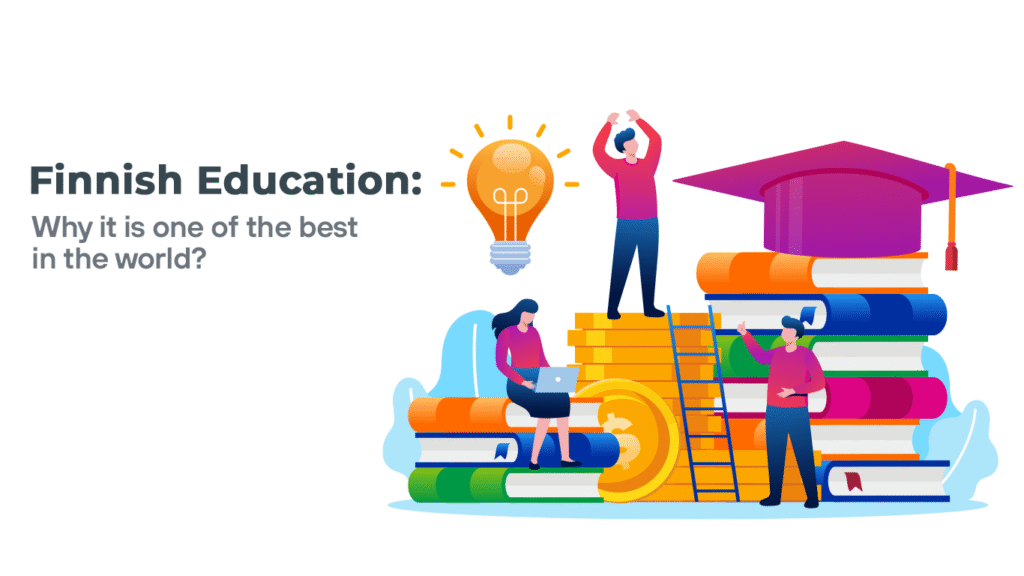
Finland is a model of global education success however it practices some rare approaches that differ with traditional ground standards of study. This starting root from which all flowed may well be understood to be equity, well-being, and teacher autonomy.
Equity instead of Excellence
This model of Finland does not create any competing academic tracking, but classroom integration instead. Some key elements are :
No standardized tests before the age of 16
Equity in the state, presumably abolishing all private schoolings
Free meals, healthcare and counseling for all.
Thus, it minimizes the gap in the achievement as statistics from OECD shows only 4% variation of performance across schools.
Teacher Quality and Trust
That makes one of the best professions within the country by:
A master’s degree written for every teacher
The most competitive admissions standards (admissions rates of under 10%)
The classroom autonomy of pedagogical freedom
There are 2-4 hours daily for planning that teachers can then utilize to personalize education.
Evidence-based Practices
Research-based methods are established in Finnish schools:
The start age: later at 7
15-minute breaks every hour in between
Minimal homework not exceeding 30 minutes average per night
Play and physical activity favors most.
PISA results have testified to the policies’ viability, with Finnish students beating their counterparts in science, reading, and mathematics even though they have lesser hours of instruction.
The Hidden Curriculum
Apart from academics, schools introduce life skills:
Independent thinking, not just memorization
Collaborative problem solving
Caring for the environment
Digital citizenship
The key to the system’s success is its flexibility around the developmental needs of the child. In Finland, holding childhood well-being in as much esteem as academic outcomes means that high test scores are but one part of the equation of developing active lifelong learners.
Other countries are trying to imitate Finland but fail to recognize the cultural commitment to equality and trust that make the system sustainable. The Finnish experience shows that humane systems are less rigid yet provide better results.
